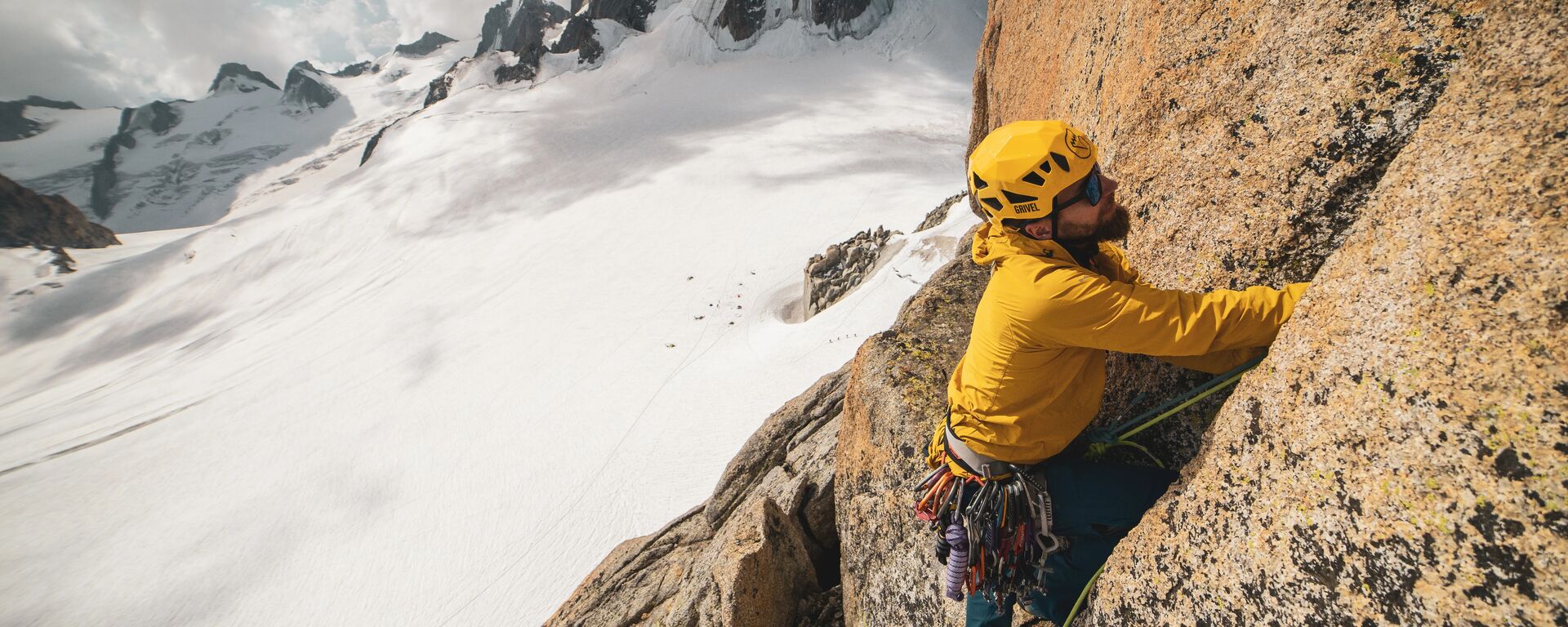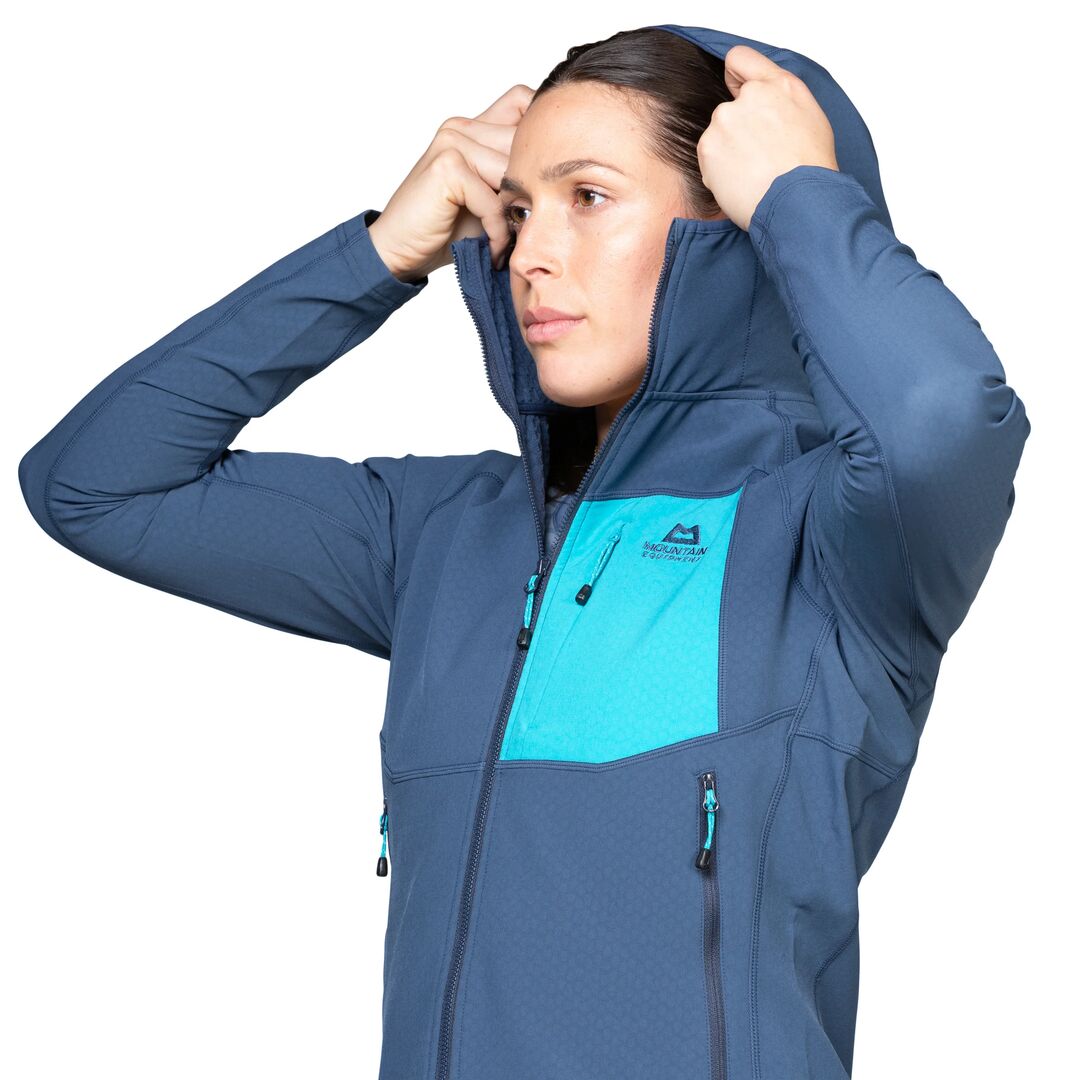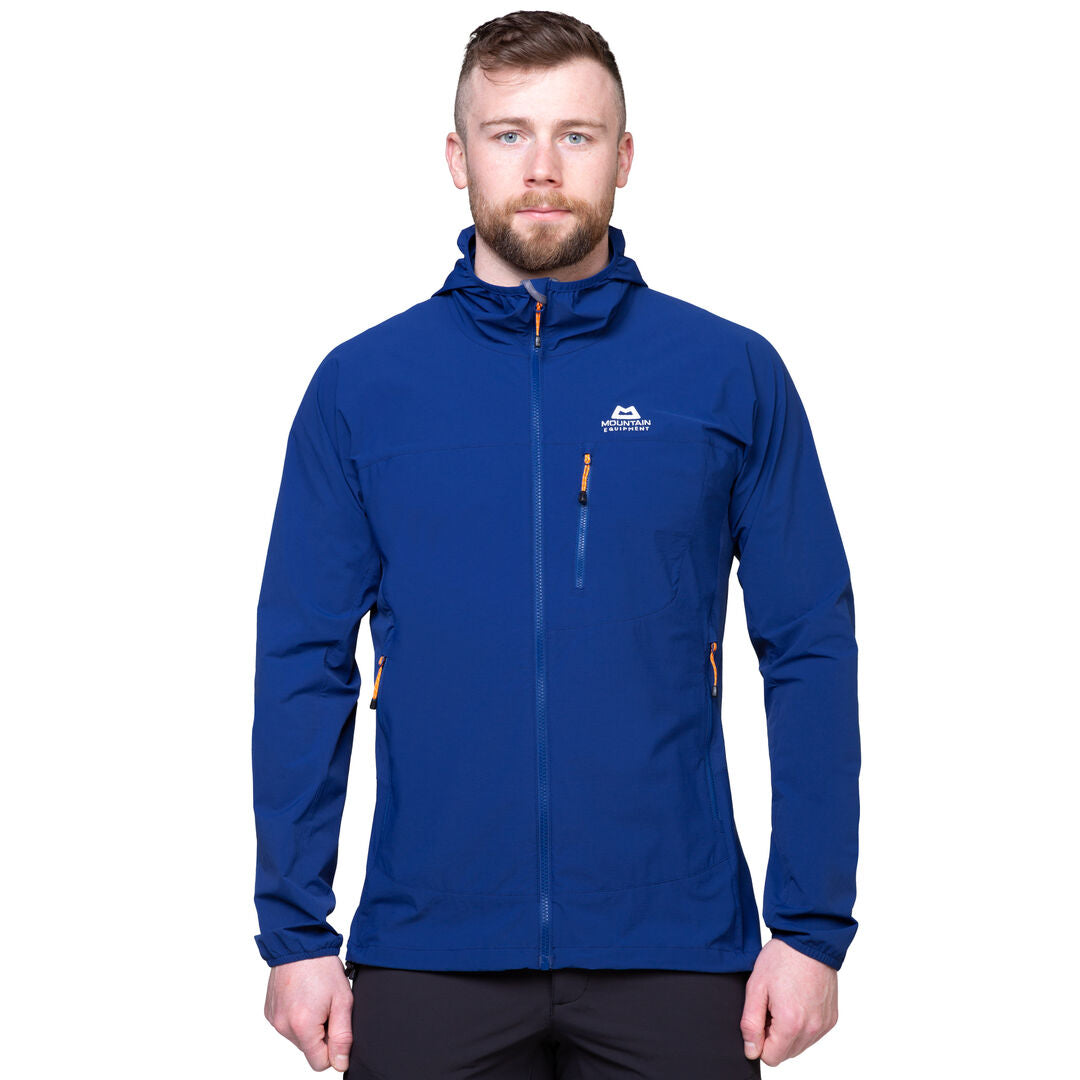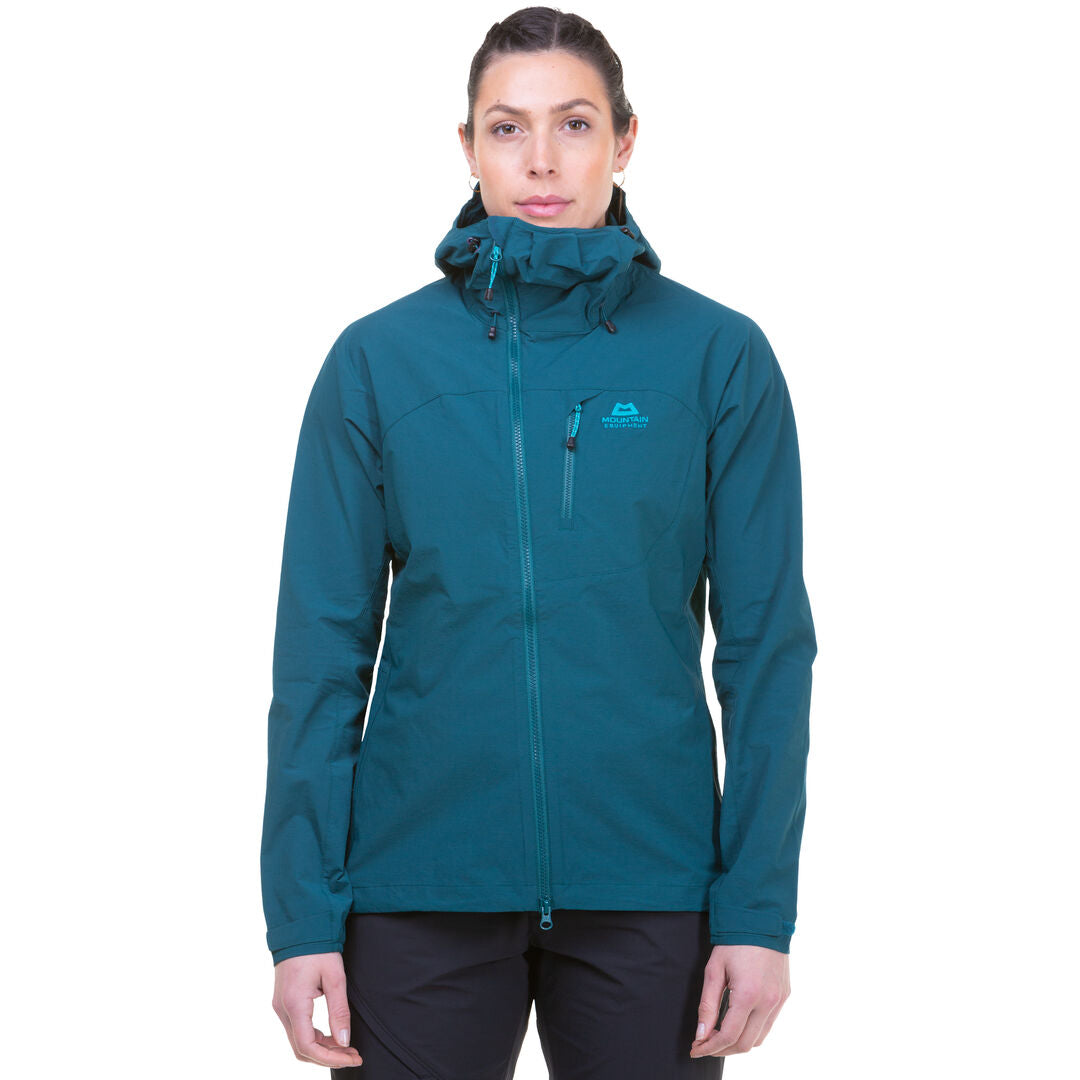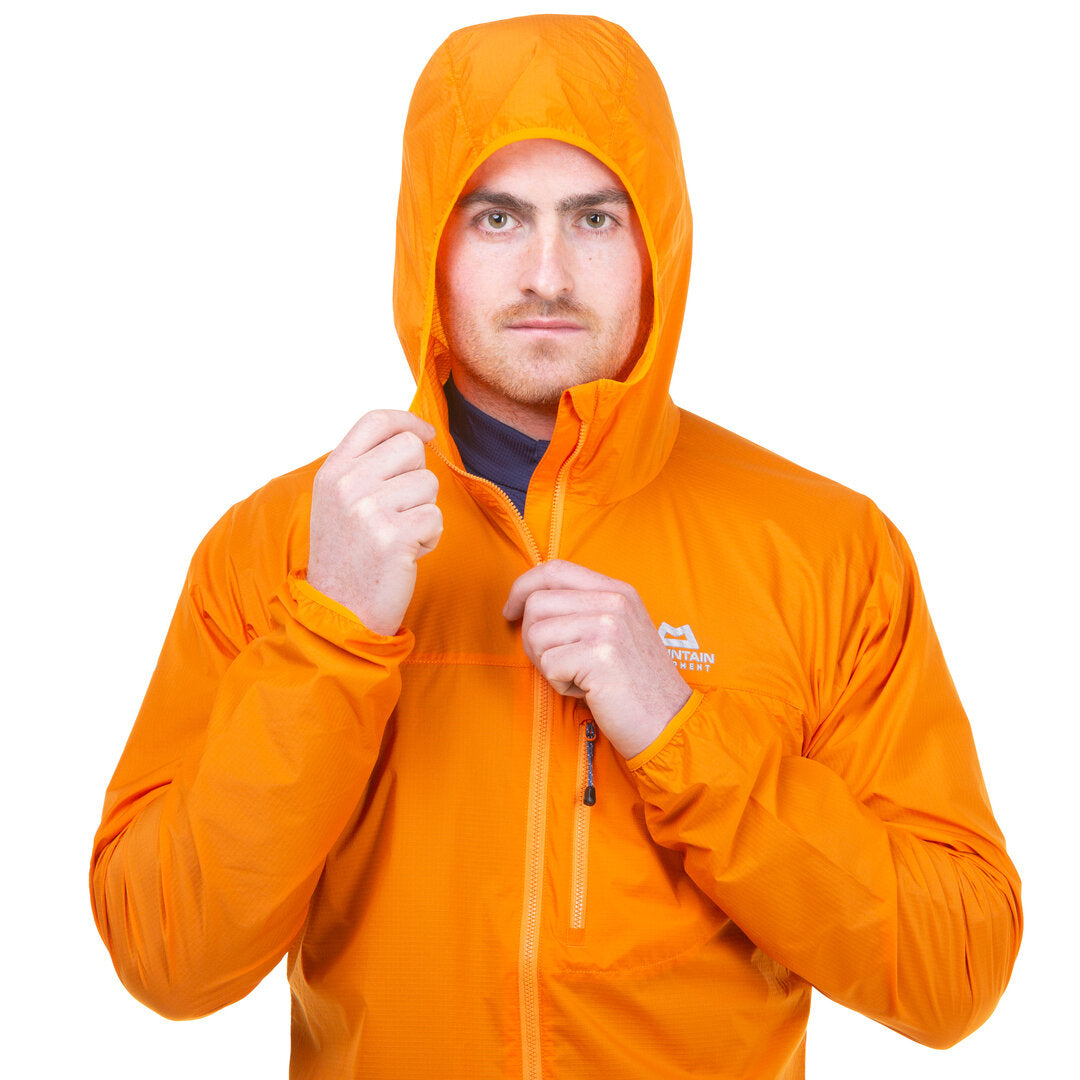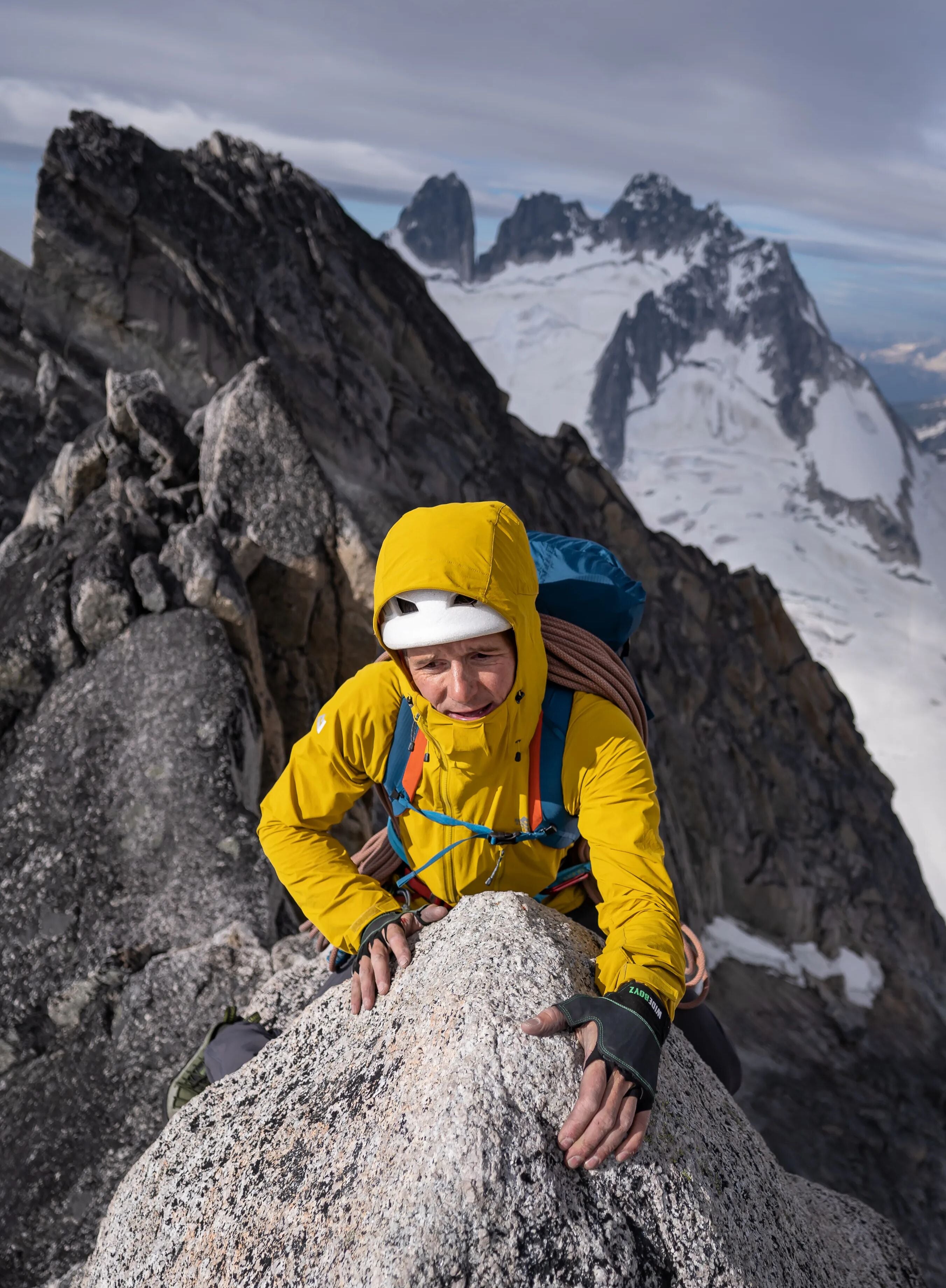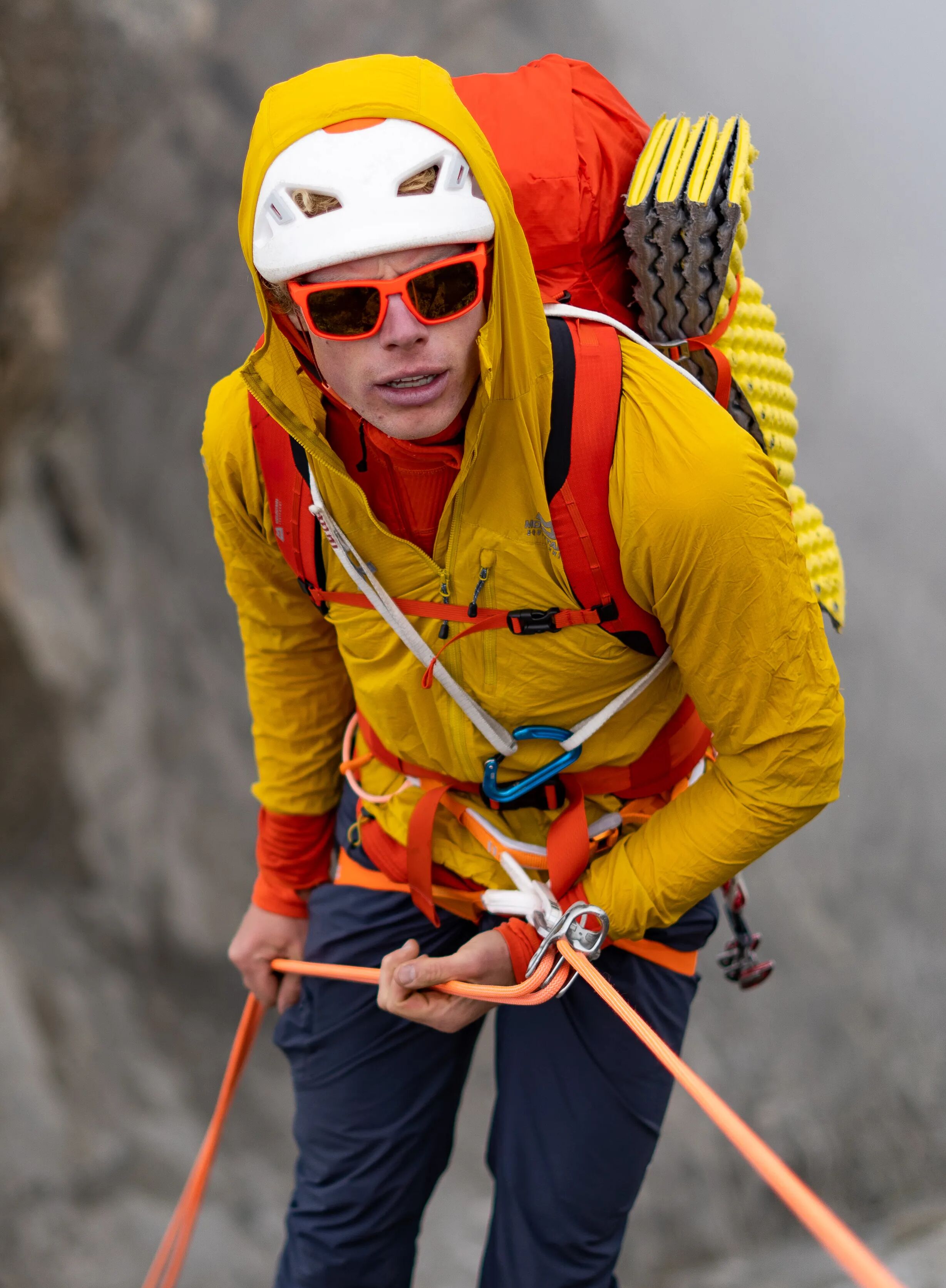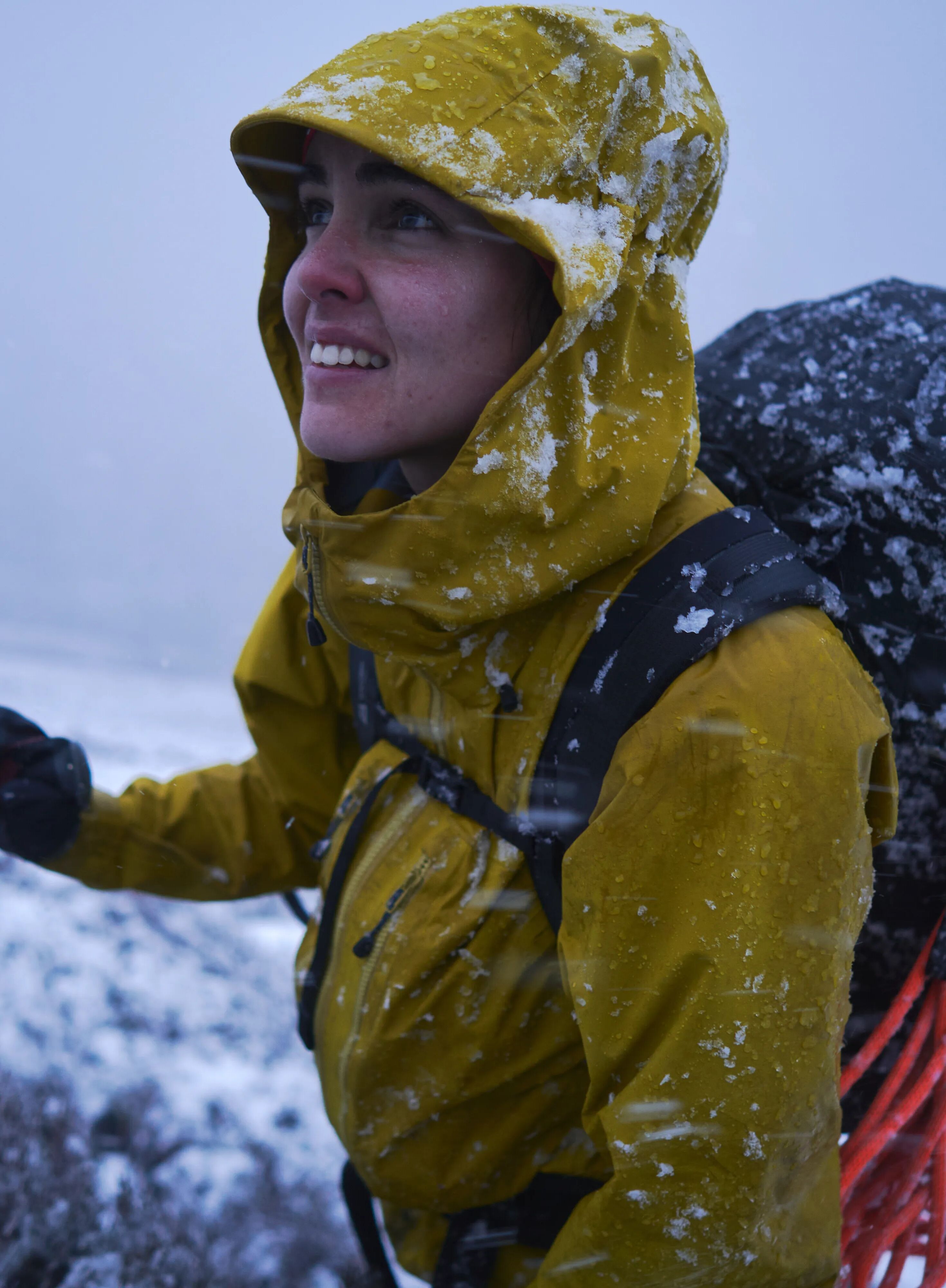Soft Shell is a broad term covering a wide array of different fabrics and garments creating lots of confusion. Due to their technical features, it is also a controversial topic for many people (especially if you live in the UK).
The versatility of Soft Shells makes them great for most activities, but you need to choose the right one for you. This guide will explain some of the key points surrounding Soft Shells to allow you to make the best choice.
What is a Soft Shell?
Fundamentally, Soft Shell clothing fills a gap between fully waterproof clothing and insulated/fleece items. But not all Soft Shells are created equally with some being crafted from featherweight fabrics and others from burly durable ones.
They are more windproof than fleece clothing and more breathable than waterproof clothing. Its windproofness, stretch and durability make Soft Shells ideal for use in the mountains.
What makes a Soft Shell fabric?
Our Soft Shell garments fall into two categories: those that have a membrane (e.g. Windstopper®), and non-membrane /double weave Soft Shells which rely on the properties of the fabric itself to provide protection (e.g. Exolite).
Windstopper® fabrics from GORE-TEX use a membrane to block wind and provide very high levels of water resistance. Compared to other Soft Shell fabrics they are typically less breathable but are extremely weather resistant and outstandingly durable. This makes them ideal for use in foul or cold conditions.
Non-membrane/double weave Soft Shells use fabrics which comprise of two weave types, the weave on the front and back of the fabric being different. They tend to be wind resistant rather than completely windproof, resulting in greater breathability. The weaves themselves largely determine how windproof the fabric will be. The Exolite fabric we use in a lot of our range will have a number stated after it referring to the weights of the fabrics used. Bigger numbers indicate more durable and weather resistant fabric. Exolite fabrics are stretchy, wind resistant, and shed light rain thanks to their repellent treatment.
Where and when do you use a Soft Shell?
Soft Shell garments are best used as outer layers to keep the wind off in dry weather, or where only light showers are expected. In heavier rain, they are no substitute for waterproof clothing, but their greater comfort and stretchiness make them superior to waterproofs if working hard or making dynamic movements (e.g. climbing) in many situations. They provide a little warmth, but they aren’t as warm as fleeces or insulated clothing.
While Soft Shell jackets might sound niche, almost everyone who owns one ends up wearing them a lot, whether climbing at a blustery crag, mountaineering or hiking in breezy and squally conditions, or as something to throw on for your ski descent.
Waterproof or Soft Shell?
The age-old question. If there’s any chance of sustained rain or bad weather then you need waterproof clothing. Soft shells are water resistant but they aren’t waterproof. In windy and dry conditions Soft Shells are much more comfortable to wear than waterproofs.
Features to look for
When you're looking at our range of Soft Shells you should be considering the feature set. Having the right features will make a big difference when it matters. Things to look out for are:
- Material and Fabric: The fabric and construction will affect the breathability and weather resistance of the garment.
- Fit: Some of our Soft Shells have a more active fit to aid in dynamic movements while others with the mountain fit are ideal for layering.
- Hood: Some of our jackets come with hoods and without. Equally if you want a hood, do you need it to be helmet compatible?
- Pockets: The placement of the pockets indicates the products end use and whether it's the right garment for you.
- Other features like adjustable cuffs drawcords all need to be considered.
What we're using
We use Soft Shells almost every time we head into the hills and want to use this first hand experience to recommend some of our favoutite pieces depending on your activity.
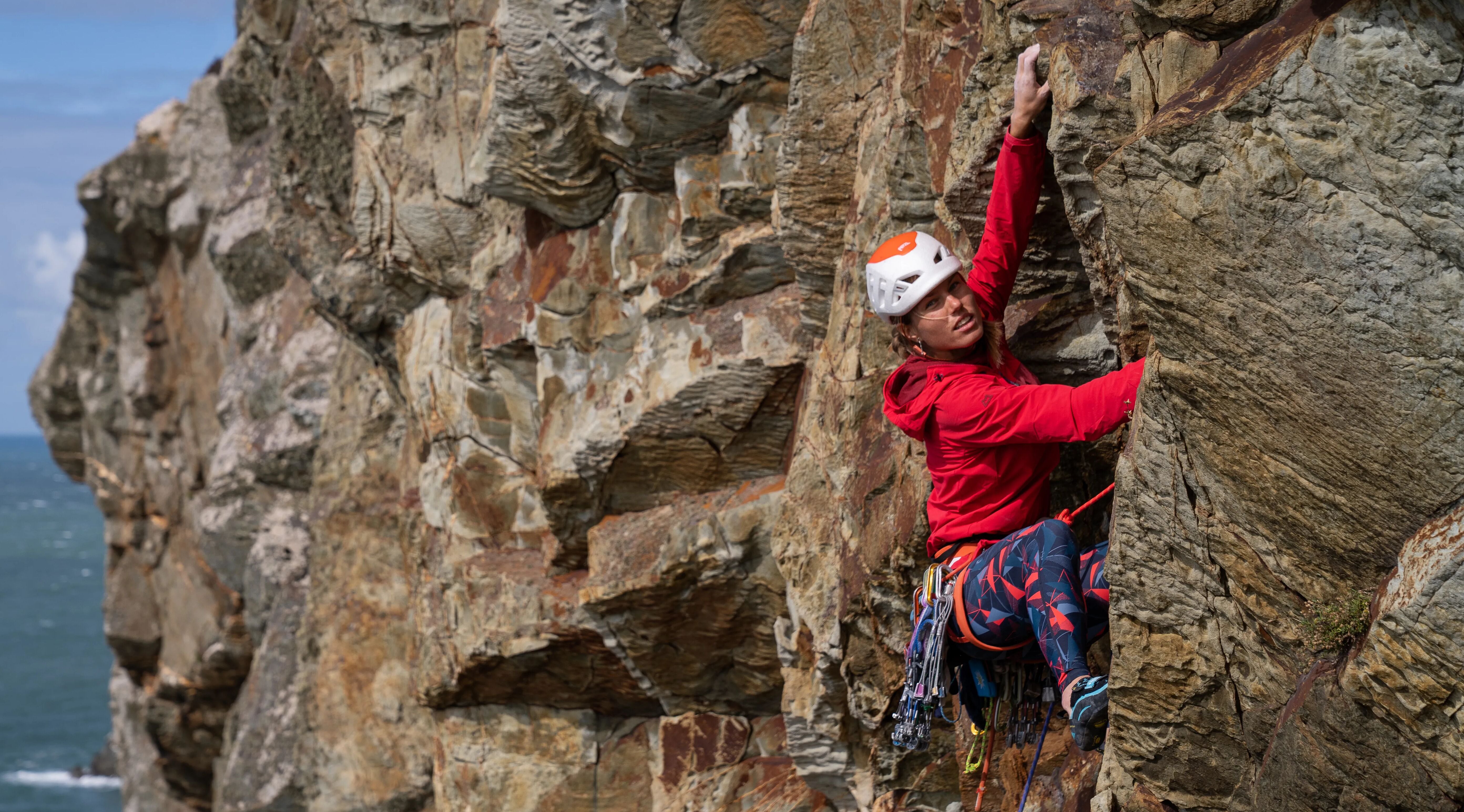
-

Arrow Jacket
Alpine Climbing
A lightweight and highly adaptable hooded jacket for mountaineers. Worn all day on iconic alpine ridgelines or thrown over a tee for extra warmth when belaying.
-

Echo Jacket
Hiking
A lightweight, protective and exceptionally breathable mountain soft shell for hiking. Two zipped hand pockets, and a chest pocket help carry snacks or small items you may need while on the move.
-

Squall Jacket
Rock Climbing
The climber’s ultimate soft shell; light tough and protective it’s the definitive choice for everything from big walls to sea cliffs. Featuring a cavernous helmet compatible hood, offset front zip and minimalist single pocket design.
-

Aerofoil Jacket
Mountain Running
An incredibly light double woven Soft Shell that provides essential windproof protection. A close fitting hood accommodates a helmet when required and a single chest pocket stores the essentials whilst doubling as a stuff sack as the temperature rises.
Further reading on Soft Shell
-

Soft Shell Care Guide
Looking after your favoutite Soft Shell is the best way to keep it on your back for many more trips. Our care guide will help you do this at home.
-

The Soft Shell Tradeoff
The protectiveness to comfort tradeoff. Generally speaking, as weather protection increases, breathability and subsequent comfort decrease.
-

Waterproof Buying Guide
As much as we love Soft Shells, sometimes you just need that added weather protection that waterproofs provide.


